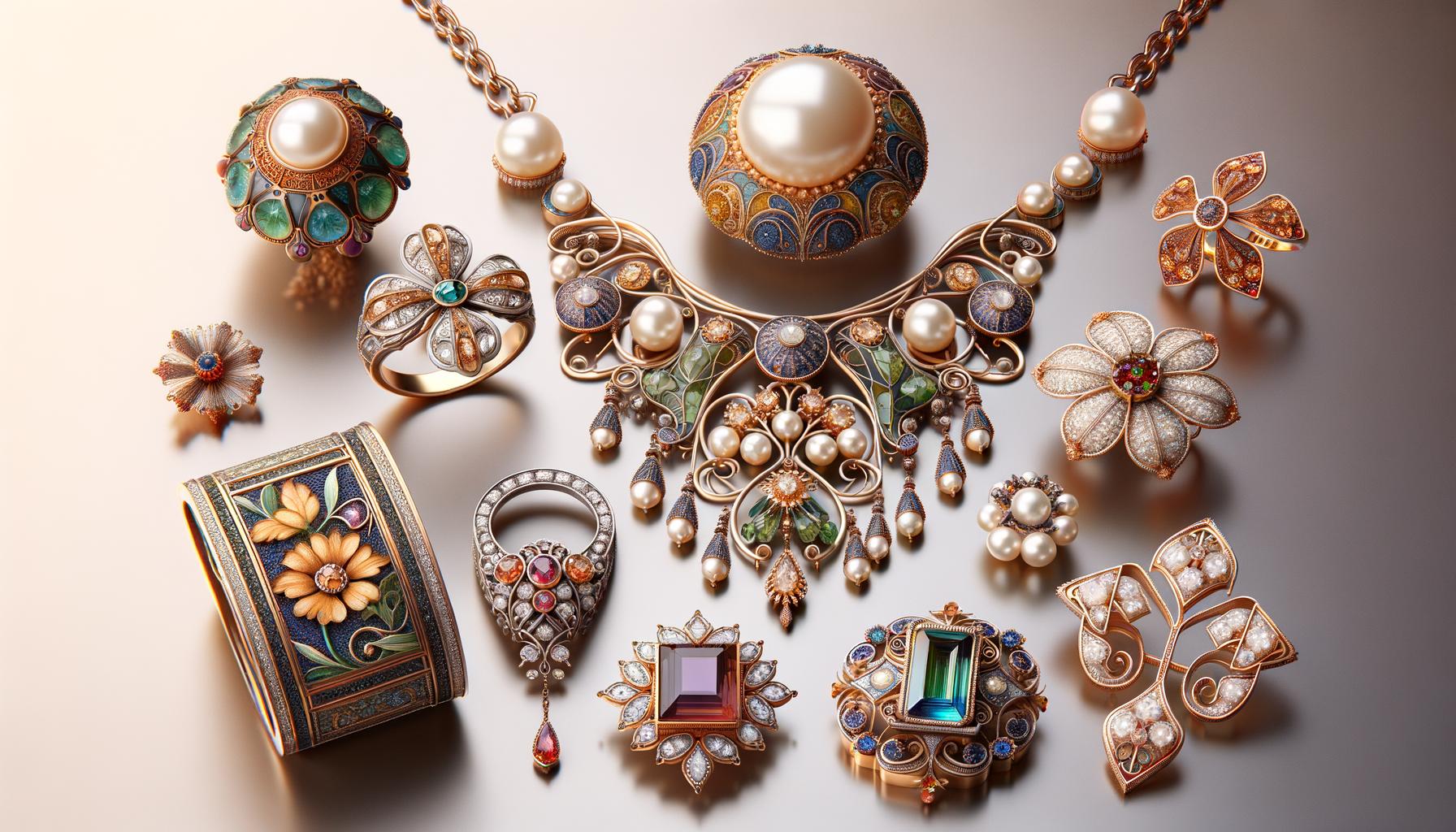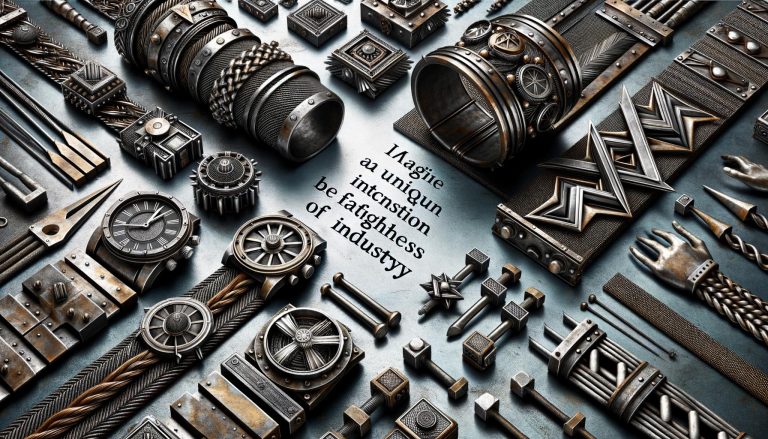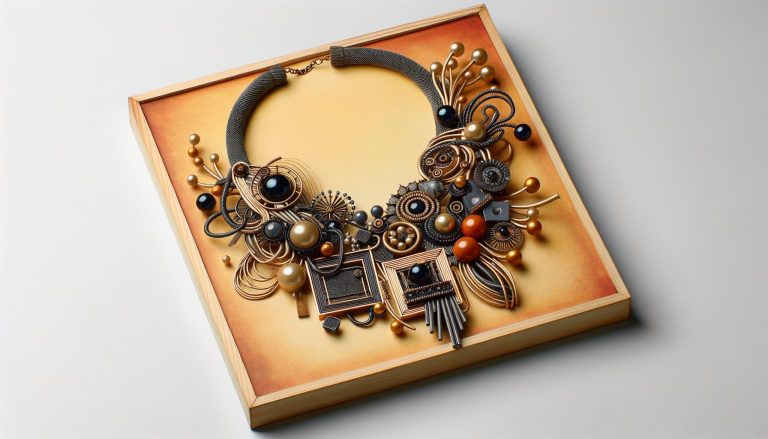Industrial Jewelry: The Intersection of Metal and Fashion
Metal has always been an essential element in the world of fashion, but in recent years, a specific trend has emerged that goes beyond traditional jewelry design: industrial jewelry. Known for its innovative use of metals and edgy aesthetic, industrial …






